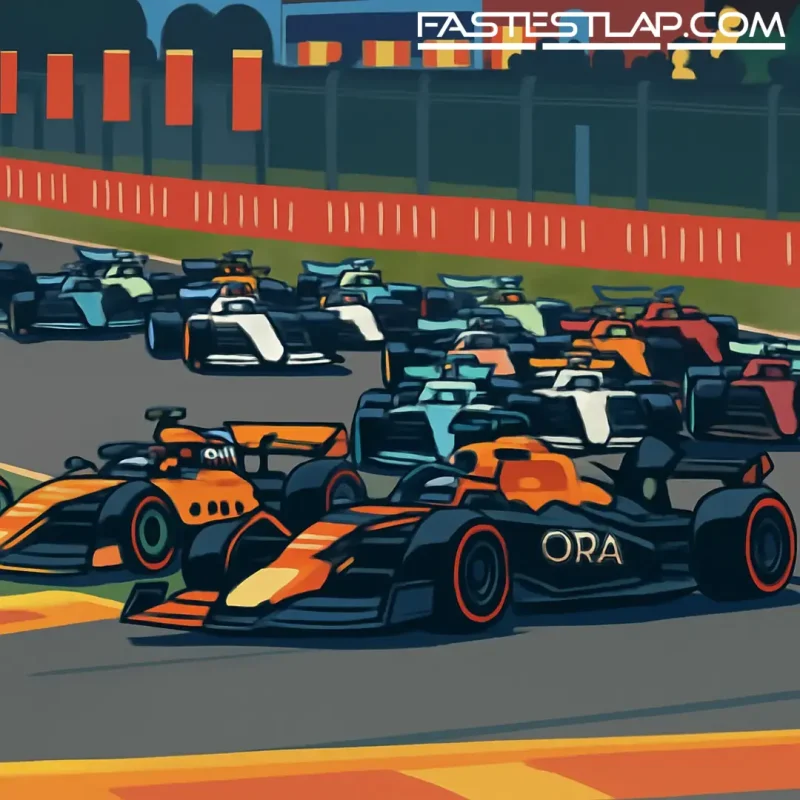Sprint expansion back on the table: F1 weighs more short races from 2027
Formula 1 has confirmed another six Sprint weekends for next season — the maximum the current rules allow — but the bigger play is further down the road. The sport’s commercial rights holder wants more from 2027, and the push is gathering momentum.
The sales pitch is simple: fans want more action, promoters want more reasons to pack grandstands, and broadcasters want more live stakes. On Sprint weekends, teams get just one hour of practice before a shortened qualifying on Friday and a 100km dash on Saturday. It’s a tidy, three-day card that reliably sells.
It also isn’t cheap. Industry figures suggest promoters are charged an extra fee — around the $3 million mark — to bolt a Sprint onto their race weekend. With the calendar already bursting at the seams, adding more Sprints is one of the few levers left to pull if you want to grow revenue without adding races. No surprise, then, that FOM is keen.
But the sport’s regulator has a different brief. The FIA’s job is to protect the competition and the people who make it happen, not just juice the product. It has been consistent on this since Sprints were trialled in 2021 and expanded to six in 2023: it likes the concept in principle, but it wants proof that the extra intensity doesn’t break trackside operations or the traveling workforce.
That’s not academic. More competitive sessions mean a heavier, faster cadence for everyone in the paddock — mechanics, engineers, officials, media, the lot. Curfews exist and are enforced, but curfews don’t cover time-zone churn or the cumulative toll of long-haul hops. We’ve already seen teams rotate personnel to cope with the expanded schedule. Adding more high-stakes sessions will only sharpen those conversations.
There’s also the process, which matters here. Even if the commercial side is ready to double down, nothing changes without the formal two-step. First, proposals go to the F1 Commission — where the teams, the FIA and FOM all have a say. Then, any approved changes head to the World Motor Sport Council for the final green light. That separation is by design, to keep the sporting integrity intact and avoid the sense that the championship is being stage-managed.
Timing-wise, 2026 is essentially locked unless a rare super-majority forces the issue. Realistically, the next window to expand is 2027, and that’s what the paddock is now orbiting toward.
Beyond the number of Sprint weekends, format tweaks are back on the whiteboard. Reverse grids have reappeared as a talking point — not a promise, but a live idea that will be debated by the Commission. Expect vigorous pushback from traditionalists and some teams, and equally vigorous lobbying from those who see Sprints as the place to experiment without touching Grand Prix DNA.
Which gets to the heart of it. FOM’s endgame is more engaging weekends that deliver for ticket buyers and TV audiences. The FIA’s duty is to make sure the championship remains a sport first, with a fair competitive arc and sustainable working conditions. Those aims aren’t mutually exclusive, but they do require careful line-drawing.
For now, the 2026 slate sticks at six Sprints, and promoters will keep bidding for those golden slots because the demand curve points up. What happens in 2027 will tell us how far F1 is willing to stretch the format — and how hard the guardrails hold. If the commercial side gets its way, expect more short, sharp Saturday scraps. If the regulators bridle, expect a slower burn.
Either way, the Sprint has outgrown its “trial” label. It’s now a strategic tool in the calendar, a revenue stream for organizers, and a workload multiplier for the paddock. The next decision is whether it becomes a pillar — or stays a spicy side dish.




